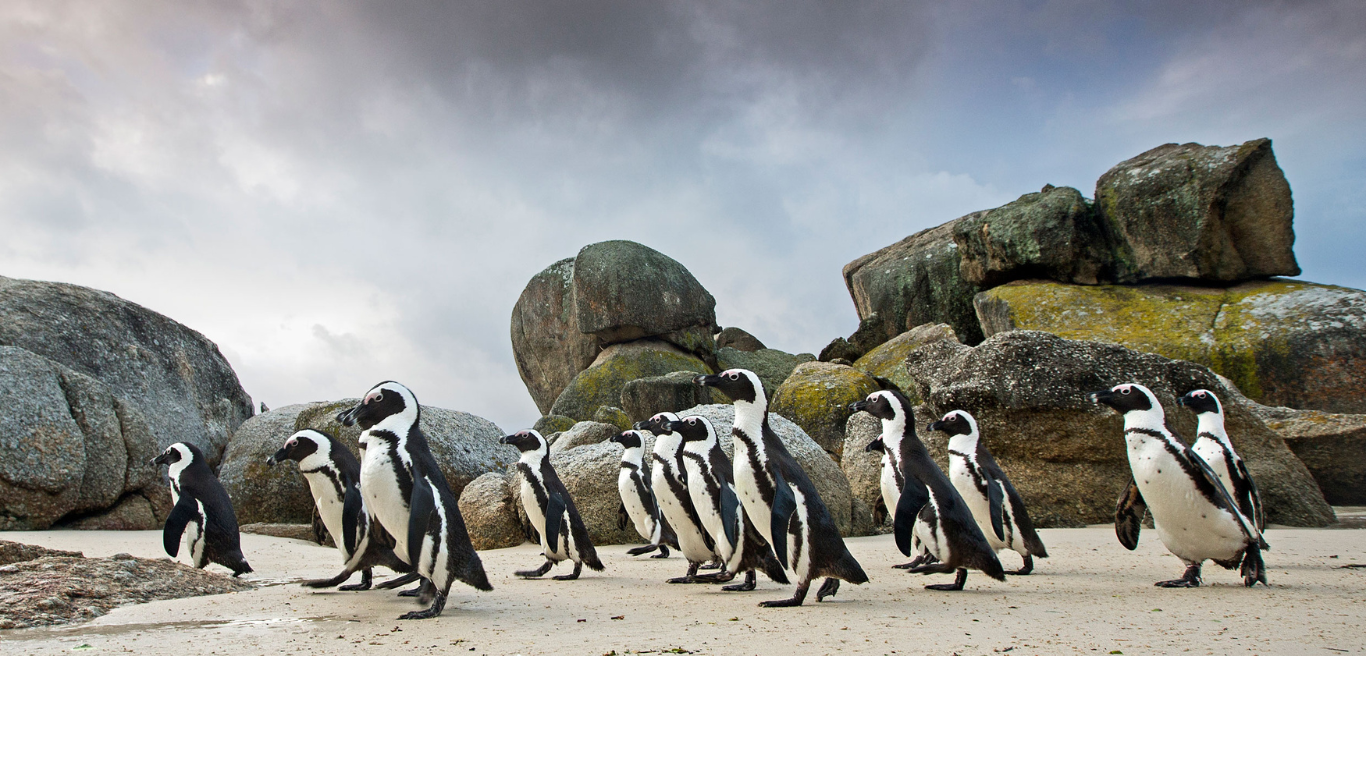
Conserving South Africa’s Birds And Their Habitats
BirdLife South Africa (BLSA) strives to conserve birds, their habitats and biodiversity through scientifically-based programmes, through supporting the sustainable and equitable use of natural resources and by encouraging people to enjoy and value nature.
We began donating to BLSA in 2022 with funds being directed to two main conservation initiatives - Wakkerstroom Tourism and Education Centre and Vulture Conservation Work.
Wakkerstroom Tourism and Education Centre
The Centre is situated within the Grassland Important Bird and Biodiversity Area (IBA), which has been recognised by BirdLife South Africa and BirdLife International as both a national (SA 125) and global (ZA 016) IBA. It is also regarded as one of the highest priority IBAs in South Africa. The Centre is located on 114ha of grassland adjoining the internationally-renowned Wakkerstroom Wetland. The surrounding area is home to many globally-threatened bird species such as African Marsh Harrier, Grey Crowned Crane, Rudd’s and Botha’s Lark and Yellow-breasted Pipit.
Species Conservation Programme - Vulture Conservation Work
The Species Conservation Programme is dedicated to the conservation of South Africa’s terrestrial birds through the implementation of innovative research and conservation initiatives. The programme currently encompasses the Vulture Project, the Raptor and Large Terrestrial Birds Project (most notably the Secretarybird Project), as well as the new Birds and Agrochemicals Project. Through the implementation of Vulture Safe Zones and advocating for the use of lead-free ammunition (Vulture Project), BLSA is committed to the conservation of southern Africa’s vultures and have joined multiple stakeholders to restore vulture populations to their former levels.
Lead Project- The Problem With Lead
Lead is a toxic heavy metal that serves no known biological function in any living organism. Modern research has linked lead to decreased intelligence, hearing loss, hyperactivity and, most recently, to aggression and violent behaviour in humans. In birds, it has been shown to affect most of the important biological pathways, including the cardiovascular, renal, hematopoietic (relating to the creation of new red blood cells), gastrointestinal, reproductive and nervous systems. Even low-level chronic exposure could result in animals that may be less fit and more prone to weakness, starvation, impaired neurological function, lower reproductive capability and even mortality. Scavengers, apex predators and waterbirds are particularly at risk, as they are more likely to be exposed to anthropogenic sources of lead such as lead shot and other spent ammunition.
Lead Poisoning In Vultures
As obligate scavengers (i.e. animals that rely almost exclusively on dead animals as a source of food), vultures are especially susceptible to dietary toxins. Vultures obtain fragments of lead by feeding on the carcasses or gut piles of animals that have been shot with lead ammunition. These fragments are obtained from supplementary feeding sites (so-called “vulture restaurants”) when carcasses are put out that are not properly vetted, from informal vulture restaurants on hunting farms (when entrails or flesh removed around the wound channel are made available to scavengers), from culling operations (when carcasses, with the best of intentions, are left in the field for scavengers to dispose of) and, to a lesser extent, from hunting operations (when wounded animals are not recovered).
Springbok shot with .303 (left) and .243 Win (right) lead core bullets illustrate the level to which a lead bullet fragments once it hits its target. Vultures ingest these fragments when they feed on the carcasses or gut piles of animals shot with lead ammunition.
Establishing Vulture Safe Zones
In October 2017 the Multi-species Action Plan to Conserve African-Eurasian Vultures (MsAP) was accepted by the 12th CMS (Convention on Migratory Species) COP held in Manila. One of the actions suggested by the MsAP is the creation of so-called Vulture Safe Zones, where owners of large tracts of land commit to managing their properties in ways that will provide safe havens for existing vulture populations. Importantly, this approach encourages positive action for vultures, focusing less on prohibition and negative messaging, and more on sound environmental practices that could provide the landowner with reputational and economic benefits.
What is a Vulture Safe Zone?
In a southern African context, a Vulture Safe Zone has been defined as “an appropriately sized geographic area in which targeted conservation measures are undertaken to address the key threats relevant to the vulture species present. VSZ are developed in southern Africa as an approach to complement national and international efforts to reduce the impact of existing and emerging threats to stabilise and promote recovery of existing vulture populations.”
The campaign focuses on private property owners within the borders of South Africa, who will be asked to sign a pledge in which they undertake to manage their properties in a vulture-friendly manner.
The agreements will follow a practical approach, with property owners committing to ensure that, amongst others:
All electricity pylons in the Vulture Safe Zone are fitted with measures or designed to prevent vulture electrocutions and/or collisions;
Water reservoirs are modified to prevent drowning;
Breeding vultures (whether cliff or tree nesting) are protected from disturbance;
All carcasses provided as supplementary food at vulture restaurants are lead- and contaminant-free;
Poison is not used as a deterrent to mammalian predators such as jackal and caracal;
Lead-free ammunition is used to cull game/livestock;
All vulture populations are monitored;
Any vulture mortalities are reported to BirdLife South Africa.




